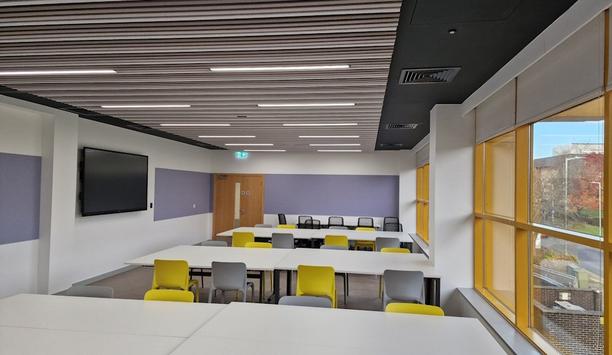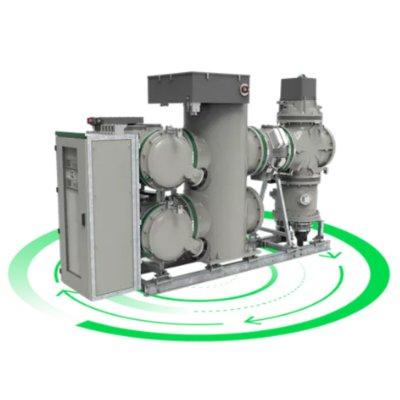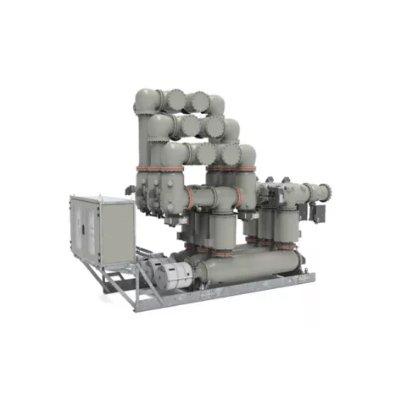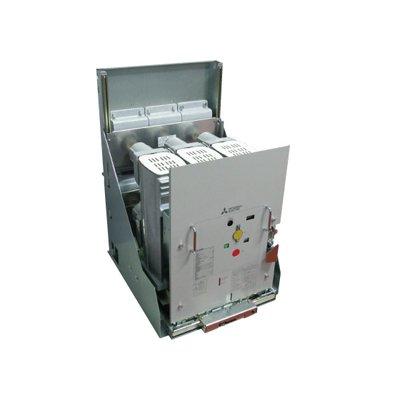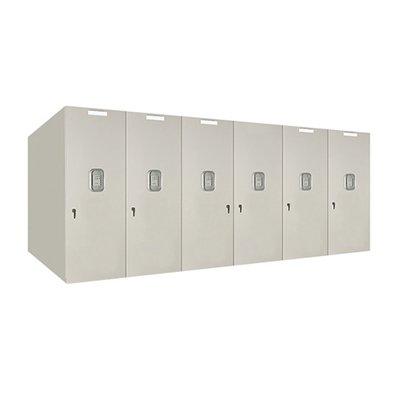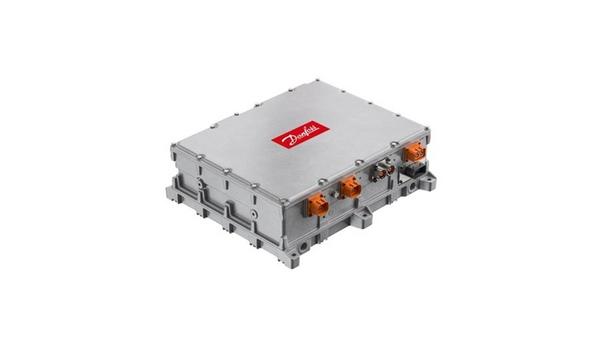Axpo presented the next phase of its ‘Power Switcher’ electricity calculator to a range of politicians, scientists and representatives from media, business and industry. Since 2021, the calculator has attracted users interested in modeling and comparing different scenarios for the electricity mix of the future.
This latest phase adds new scenarios, and, for the first time, allows users to model statements on earnings and costs. Axpo’s aim is for the electricity calculator to provide impartial facts to promote discussion across wider society about Switzerland’s energy future.
Axpo unveils next phase of the ‘Power Switcher’
Switzerland has to decide what it wants its future electricity supply to look like
Switzerland has to decide what it wants its future electricity supply to look like. This means establishing which mix of technologies will best fulfill the mammoth task of climate transition, how to expand the chosen energy sources to the required scope, and what costs might arise in the process. It must also come up with an optimal balance for the energy trilemma: climate friendliness, security of supply and affordability.
Axpo first released the ‘Power Switcher’ – an innovative tool that allows users to model the electricity mix of the future based on fact – in 2021 but has been updating the electricity calculator in recent months. The latest version includes a range of new functions, along with scenarios from various individuals and organizations that are shaping public debate.
A (small) number of paths to the destination
The barriers to a successful energy future are not primarily technological in nature. Instead, they tend to involve current framework conditions and resistance from certain sections of society. For this journey to be successful the will of society is required, which emerges from public discussion and ultimately informs political decisions.
Axpo created the Power Switcher to promote widespread discussion on the future of the Swiss electricity mix and to facilitate joint solutions to the challenges of a secure energy supply. There are several possible paths available, some of which are modeled in the Power Switcher. But no matter which path is chosen, the following is clear across all paths:
- It will require fundamental compromise from all stakeholders.
- Complete energy independence for Switzerland is technically and economically unfeasible.
- Production that is too biased toward one technology is not expedient, and comes with excessive costs and risks regarding security of supply.
- The correct conditions are required before Switzerland can embark on a certain journey. If there is a particular goal, it cannot be accomplished without outlining a clear path and obtaining the necessary instruments.
- A distinction must be made between the short, medium and long term. Not all technology options are available in all time periods.
- Any realistic scenario must include the immediate, rapid expansion of renewables.
Axpo’s new scenarios
The ‘Renewable’ scenario continues along Switzerland’s current trajectory
Axpo has come up with two of its own, highly contrasting scenarios. Although very different, both pursue the goal of secure, climate-friendly electricity supply, while keeping dependency on winter electricity imports as low as possible.
The ‘Renewable’ scenario continues along Switzerland’s current trajectory within the existing Energy Strategy 2050 framework, while assuming a significant expansion of renewable energies.
It opts for a balanced mix of technologies, consisting primarily of existing hydropower, major growth in photovoltaics and wind power and, to a lesser degree, biomass and geothermal energy, as well as controllable power stations run on low-carbon gas. Axpo’s strategy is aligned with this scenario.
‘Landscape’ scenario
The ‘Landscape’ scenario reflects the reality that renewable energy projects are often thwarted through objections or at the ballot box, or delayed by decades. For example: after almost 20 years of planning and negotiations and only 18 months of construction, Axpo finally completed its latest hydropower plant, Waldemme.
However, the plant will produce just one third of the originally planned output, as the facility was scaled down as part of the negotiations. Resistance is often justified with arguments focused on preserving untouched landscapes or promoting biodiversity.
Target to secure, climate-neutral electricity supply by 2050
The construction of new nuclear power plants is forbidden under Swiss law
However, if the target is to have secure, climate-neutral electricity supply by 2050 with an acceptable level of imports, the only option from the current standpoint is new nuclear power plants.
This scenario radically reduces interventions in the landscape and the natural environment in favor of new nuclear power plants and PV on roofs and existing infrastructure.
The construction of new nuclear power plants is forbidden under Swiss law, so this scenario remains hypothetical. In addition, it does not account for the high economic and regulatory costs for investors.
Significant expansion of renewable energies
And even in this hypothetical case, there is a significant expansion of renewable energies – especially rooftop photovoltaics. That’s because realistically, the construction of new nuclear power plants would take more than 20 years, but the increasing demand for electricity would still have to be met in the meantime.



